Home>Garden Essentials>How Did Crop Rotation Affect Macroeconomy?


Garden Essentials
How Did Crop Rotation Affect Macroeconomy?
Modified: August 28, 2024
Learn how implementing crop rotation in your garden can positively impact the macroeconomy. Discover the economic benefits of this sustainable agricultural practice.
(Many of the links in this article redirect to a specific reviewed product. Your purchase of these products through affiliate links helps to generate commission for Storables.com, at no extra cost. Learn more)
Introduction
In the realm of agriculture, the concept of crop rotation has wielded a profound influence on the macroeconomy throughout history. This age-old practice involves the systematic rotation of different crops in a specific area over a sequence of seasons. By implementing this method, farmers can optimize soil fertility, reduce reliance on chemical fertilizers, and mitigate the risk of crop-specific pests and diseases. The multifaceted impact of crop rotation extends far beyond the boundaries of individual farms, permeating into the broader landscape of macroeconomic development.
The historical evolution of crop rotation mirrors the dynamic interplay between agricultural innovation and economic progress. From its early roots in ancient civilizations to its pivotal role in the agricultural revolution, the practice has continuously shaped the trajectory of agricultural productivity and economic growth. Moreover, the symbiotic relationship between crop rotation and soil health has yielded far-reaching implications for sustainable agricultural practices and environmental conservation. As such, the intricate web of connections between crop rotation, agricultural output, and macroeconomic dynamics underscores the pivotal role of this age-old practice in shaping the economic landscape.
Throughout this article, we will embark on a journey through time to unravel the historical significance of crop rotation, dissect its impact on agricultural productivity and soil health, and explore its far-reaching influence on trade, commerce, and macroeconomic development. By delving into these facets, we can glean a comprehensive understanding of how crop rotation has indelibly woven itself into the tapestry of macroeconomic history and development.
Key Takeaways:
- Crop rotation boosts soil health, crop yields, and reduces reliance on chemicals. It has shaped trade, agriculture, and economic growth throughout history, fostering a sustainable and prosperous future.
- By rotating crops, farmers optimize soil fertility, reduce pests, and enhance agricultural productivity. This ancient practice has influenced trade, commerce, and economic development, shaping a resilient and sustainable agricultural landscape.
Historical Background of Crop Rotation
The origins of crop rotation can be traced back to ancient agricultural practices that sought to optimize land use and ensure sustained fertility. Early civilizations, such as the Mesopotamians and the Egyptians, recognized the importance of rotating crops to prevent soil depletion and enhance agricultural productivity. These ancient agrarian societies intuitively grasped the benefits of diversifying their crop plantings, albeit without the scientific understanding that underpins modern crop rotation techniques.
One of the earliest documented instances of deliberate crop rotation dates back to the Roman Empire, where farmers alternated the cultivation of legumes and grains to rejuvenate the soil. This rudimentary form of crop rotation laid the groundwork for subsequent advancements in agricultural techniques and set the stage for the widespread adoption of more sophisticated crop rotation systems in the centuries to come.
The Middle Ages witnessed the emergence of more structured and systematic approaches to crop rotation, with the three-field system gaining prominence in Europe. This method involved dividing arable land into three fields, each dedicated to different crops in rotation. Typically, one field would be sown with a winter crop, such as wheat or rye, while another field would be planted with a spring crop, such as barley or oats. The third field would lie fallow, allowing the soil to rest and regenerate its nutrients. This rotational cycle not only bolstered agricultural output but also contributed to the overall resilience of the farming system.
The advent of the agricultural revolution in the 18th century heralded a pivotal juncture in the history of crop rotation. Visionary agronomists and innovators, including Jethro Tull and Charles Townshend, championed the adoption of more advanced crop rotation methods as a means to enhance agricultural productivity. Townshend’s revolutionary four-field crop rotation system, which incorporated turnips, clover, wheat, and barley, catalyzed a transformative shift in agricultural practices, yielding substantial increases in crop yields and laying the groundwork for sustained agricultural development.
As agricultural science and technology continued to advance, the principles of crop rotation became increasingly refined and integrated into modern farming practices. Today, the legacy of historical crop rotation techniques endures in the form of sophisticated crop rotation systems that underpin sustainable and productive agricultural landscapes worldwide.
Impact of Crop Rotation on Agricultural Productivity
The implementation of crop rotation exerts a profound impact on agricultural productivity, yielding a myriad of benefits that bolster crop yields and enhance overall farm output. By diversifying the types of crops cultivated within a specific area over successive seasons, farmers can effectively harness the complementary attributes of different plant species, thereby optimizing soil fertility and mitigating the depletion of essential nutrients.
One of the key advantages of crop rotation lies in its ability to break the cycle of pest and disease infestations that are often associated with monoculture farming. By rotating crops, farmers disrupt the life cycles of pests and pathogens that target specific plant species, thereby reducing the prevalence of these detrimental agents and minimizing the need for chemical pesticides and fungicides. This not only contributes to cost savings for farmers but also aligns with sustainable agricultural practices that prioritize ecological balance and environmental preservation.
Furthermore, the strategic alternation of crops within a rotation system can enhance the overall nutrient content of the soil. Certain plant species, such as legumes, have the capacity to fix atmospheric nitrogen through symbiotic relationships with nitrogen-fixing bacteria, thereby enriching the soil with this vital nutrient. When these nitrogen-rich legumes are incorporated into a crop rotation cycle, they replenish the soil with nitrogen, subsequently benefiting subsequent crops that require this essential element for robust growth. This natural fertilization process reduces the reliance on synthetic fertilizers, thereby promoting environmentally friendly farming practices while simultaneously bolstering soil fertility.
Crop rotation also contributes to the mitigation of soil erosion and the conservation of soil structure. Different crops have varying root structures and depths, with some species exhibiting deeper and more extensive root systems that help anchor and stabilize the soil. By rotating crops with divergent root characteristics, farmers can fortify the soil structure, minimize erosion, and enhance water retention capacity, thereby fostering a more resilient and sustainable agricultural landscape.
Moreover, the practice of crop rotation can lead to improvements in overall crop health and vigor, as different plant species have unique nutrient requirements and interact with the soil microbiome in distinct ways. By diversifying the crops grown in a particular area, farmers can reduce the buildup of specific pathogens and diseases while promoting a balanced and harmonious soil ecosystem that supports robust plant growth. This, in turn, contributes to enhanced crop resilience and reduced susceptibility to yield-limiting factors, thereby bolstering overall agricultural productivity.
Effects of Crop Rotation on Soil Health
The practice of crop rotation exerts a transformative influence on soil health, engendering a spectrum of beneficial effects that underpin sustainable agricultural practices and environmental stewardship. By systematically alternating the types of crops grown in a specific area over successive seasons, farmers can engender a suite of soil-enhancing benefits that contribute to long-term agricultural viability and ecological balance.
One of the primary advantages of crop rotation lies in its capacity to mitigate soil depletion and enhance nutrient cycling. Different crops have distinct nutrient requirements and contributions to soil fertility. For instance, leguminous plants possess the unique ability to fix atmospheric nitrogen through symbiotic relationships with nitrogen-fixing bacteria, thereby enriching the soil with this essential nutrient. By incorporating legumes into a crop rotation cycle, farmers can harness this natural nitrogen fixation process to replenish the soil with vital nutrients, thereby fostering sustained soil fertility and reducing the reliance on synthetic fertilizers.
Furthermore, crop rotation plays a pivotal role in minimizing soil erosion and preserving soil structure. Diverse crop rotations that encompass plants with varying root structures and depths can fortify the soil, enhance its water retention capacity, and mitigate the risk of erosion. Deep-rooted crops contribute to soil stability by anchoring the soil and preventing erosion, while the rotational inclusion of cover crops can further safeguard against soil degradation and nutrient leaching, thereby promoting the overall health and resilience of agricultural soils.
Moreover, the strategic implementation of crop rotation can foster the proliferation of beneficial soil microbiota, thereby promoting a balanced and thriving soil ecosystem. Different crops interact with the soil microbiome in unique ways, with some species fostering symbiotic relationships with beneficial microorganisms that contribute to soil health and nutrient cycling. By diversifying the plant species cultivated within a rotation system, farmers can nurture a diverse and robust soil microbiome, thereby enhancing nutrient availability, suppressing harmful pathogens, and fortifying the overall resilience of the soil ecosystem.
Additionally, crop rotation can mitigate the buildup of soil-borne pathogens and pests, thereby reducing the reliance on chemical pesticides and fungicides. By disrupting the life cycles of specific pests and diseases through the strategic alternation of crops, farmers can minimize the prevalence of detrimental agents that compromise soil health and crop productivity. This not only aligns with sustainable agricultural practices but also contributes to the preservation of soil vitality and ecological equilibrium.
Through its multifaceted impact on nutrient cycling, soil structure, microbiota diversity, and pest management, crop rotation stands as a cornerstone of sustainable soil management, playing a pivotal role in fostering resilient and productive agricultural landscapes while upholding environmental integrity.
Crop rotation can improve soil fertility, leading to higher crop yields and increased agricultural productivity. This can positively impact the macroeconomy by boosting food production, reducing the need for expensive fertilizers, and creating more stable income for farmers.
Influence of Crop Rotation on Trade and Commerce
The practice of crop rotation has historically played a pivotal role in shaping trade and commerce, exerting a far-reaching influence on agricultural production, market dynamics, and global trade networks. By optimizing agricultural productivity and diversifying crop yields, crop rotation has been instrumental in bolstering the economic foundations of societies and fostering vibrant trade relations across diverse regions.
One of the primary ways in which crop rotation influences trade and commerce is through its impact on agricultural surpluses and market stability. By enhancing crop yields and mitigating the risks of crop-specific pests and diseases, crop rotation contributes to the generation of agricultural surpluses, thereby bolstering food security and enabling the development of surplus commodities for trade. This surplus production not only sustains local populations but also fuels trade networks, as regions with agricultural surpluses can engage in trade with areas that may have deficits in specific crops, thereby fostering interregional and international trade relations.
Moreover, the diversification of crop yields facilitated by crop rotation contributes to the expansion of agricultural market offerings, thereby enriching trade opportunities and stimulating economic exchange. By cultivating a diverse array of crops within a specific region, farmers can harness the comparative advantages of different agroecological zones, thereby fostering the production of a wide spectrum of commodities that cater to varied market demands. This diversification of agricultural output not only amplifies trade prospects but also contributes to market stability by mitigating the risks associated with overreliance on a limited range of crops.
Crop rotation also engenders trade opportunities through its role in sustaining soil fertility and agricultural productivity. By mitigating soil depletion and fostering sustainable agricultural practices, crop rotation contributes to the long-term viability of agricultural landscapes, thereby underpinning consistent and reliable crop yields. This agricultural stability forms the bedrock of trade relations, as regions with sustained agricultural productivity can confidently engage in trade agreements, secure market access, and participate in the exchange of agricultural commodities on regional and global scales.
Furthermore, the ecological sustainability fostered by crop rotation contributes to the preservation of natural resources and environmental integrity, thereby aligning with the principles of sustainable trade and responsible commerce. By reducing the reliance on chemical inputs, mitigating soil erosion, and fostering resilient agricultural ecosystems, crop rotation promotes environmentally conscious agricultural practices that resonate with the ethos of sustainable trade. This ecological stewardship not only enhances the marketability of agricultural products but also positions regions practicing crop rotation as proponents of sustainable and ethically sourced commodities, thereby fostering trade partnerships with like-minded entities.
Through its multifaceted impact on agricultural surpluses, market diversification, agricultural stability, and ecological sustainability, crop rotation stands as a linchpin of agricultural trade and commerce, shaping the economic landscapes of societies and fostering interconnected trade relations across the globe.
Crop Rotation and Macroeconomic Development
The symbiotic relationship between crop rotation and macroeconomic development is deeply entrenched in the annals of agricultural history, with the practice of crop rotation wielding a profound impact on the economic fabric of societies and the overarching trajectory of macroeconomic progress. By fostering sustainable agricultural practices, enhancing agricultural productivity, and shaping trade dynamics, crop rotation has indelibly contributed to the macroeconomic development of nations, playing a pivotal role in shaping economic landscapes and fostering enduring prosperity.
One of the key avenues through which crop rotation influences macroeconomic development is its role in bolstering agricultural productivity and food security. By optimizing soil fertility, mitigating the risks of crop-specific pests and diseases, and diversifying crop yields, crop rotation contributes to sustained agricultural productivity, thereby ensuring a stable and abundant food supply. This agricultural stability forms the cornerstone of macroeconomic development, as it underpins food security, sustains rural livelihoods, and fosters the foundations for broader economic growth.
Furthermore, the ecological sustainability engendered by crop rotation aligns with the imperatives of responsible resource management and environmental stewardship, thereby contributing to the resilience and longevity of agricultural landscapes. Sustainable agricultural practices, such as crop rotation, mitigate soil erosion, reduce reliance on chemical inputs, and foster balanced agroecosystems, thereby promoting the enduring viability of agricultural production. This ecological resilience not only safeguards the agricultural sector against environmental perturbations but also fosters a foundation for sustained macroeconomic development by underpinning the stability of agricultural output and rural economies.
Crop rotation also underpins macroeconomic development through its role in shaping trade dynamics and fostering economic exchange. By diversifying crop yields and fostering agricultural surpluses, crop rotation contributes to the generation of tradable commodities, thereby fueling interregional and international trade relations. This trade connectivity not only amplifies economic opportunities for agricultural producers but also engenders broader economic linkages, thereby fostering the integration of agricultural economies into the broader tapestry of global commerce.
Moreover, the cost-saving benefits conferred by crop rotation, such as reduced reliance on chemical inputs and enhanced soil fertility, contribute to the economic resilience of agricultural systems, thereby bolstering the economic foundations of rural communities and agricultural enterprises. By mitigating input costs, enhancing crop yields, and promoting sustainable agricultural practices, crop rotation fosters economic efficiencies that resonate across agricultural value chains, thereby contributing to the macroeconomic vitality of agricultural sectors and rural economies.
Through its multifaceted impact on agricultural productivity, ecological sustainability, trade dynamics, and economic resilience, crop rotation stands as a linchpin of macroeconomic development, shaping the economic trajectories of nations and fostering enduring prosperity rooted in sustainable agricultural practices.
Conclusion
The historical legacy and enduring relevance of crop rotation as a linchpin of agricultural sustainability and macroeconomic development underscore its profound significance in shaping the economic landscapes of societies. From its ancient origins to its contemporary relevance, the practice of crop rotation has permeated the annals of agricultural history, leaving an indelible imprint on agricultural productivity, soil health, trade dynamics, and macroeconomic development.
Throughout history, the strategic implementation of crop rotation has been instrumental in optimizing agricultural productivity, mitigating the risks of soil depletion, and fostering sustainable agricultural practices. By diversifying crop yields, mitigating the prevalence of crop-specific pests and diseases, and enhancing soil fertility, crop rotation has underpinned the sustained productivity of agricultural landscapes, thereby ensuring food security, bolstering rural livelihoods, and laying the foundations for broader economic growth.
Moreover, the ecological sustainability fostered by crop rotation has resonated with the imperatives of responsible resource management and environmental stewardship, thereby contributing to the resilience and longevity of agricultural landscapes. By mitigating soil erosion, reducing reliance on chemical inputs, and fostering balanced agroecosystems, crop rotation has not only safeguarded the agricultural sector against environmental perturbations but has also fostered a foundation for sustained macroeconomic development by underpinning the stability of agricultural output and rural economies.
Furthermore, the role of crop rotation in shaping trade dynamics and fostering economic exchange has amplified economic opportunities for agricultural producers and engendered broader economic linkages, thereby integrating agricultural economies into the broader tapestry of global commerce. The generation of tradable commodities and agricultural surpluses has fueled interregional and international trade relations, thereby amplifying economic opportunities for agricultural producers and fostering enduring prosperity rooted in sustainable agricultural practices.
As we reflect on the multifaceted impact of crop rotation on agricultural productivity, soil health, trade dynamics, and macroeconomic development, it becomes evident that this age-old practice continues to be a cornerstone of sustainable agricultural systems and economic prosperity. By nurturing the ecological resilience of agricultural landscapes, fostering trade connectivity, and bolstering the economic foundations of rural communities, crop rotation stands as a testament to the enduring synergy between agricultural sustainability and macroeconomic development, thereby charting a path toward a more resilient, prosperous, and sustainable agricultural future.
Frequently Asked Questions about How Did Crop Rotation Affect Macroeconomy?
Was this page helpful?
At Storables.com, we guarantee accurate and reliable information. Our content, validated by Expert Board Contributors, is crafted following stringent Editorial Policies. We're committed to providing you with well-researched, expert-backed insights for all your informational needs.
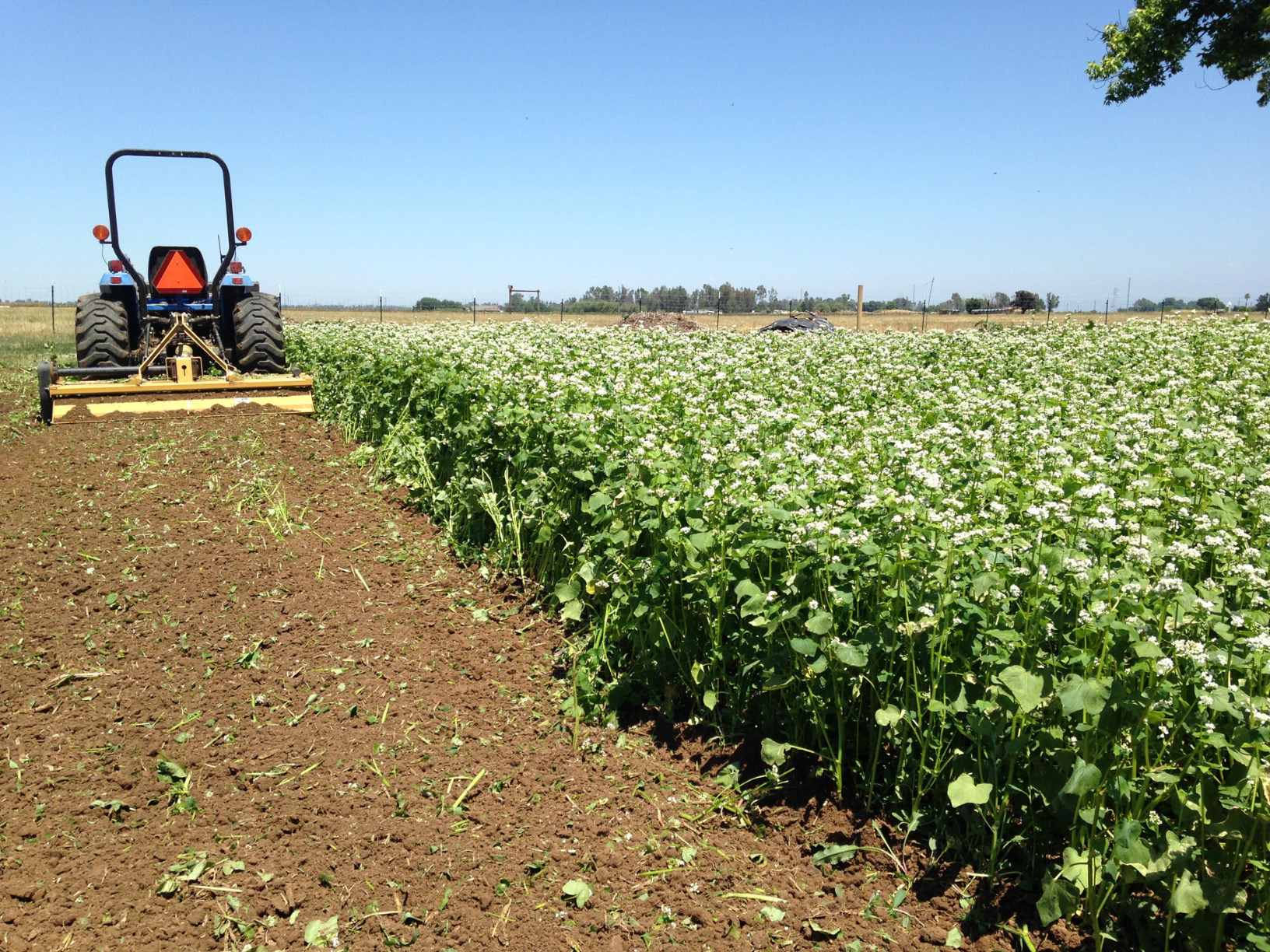
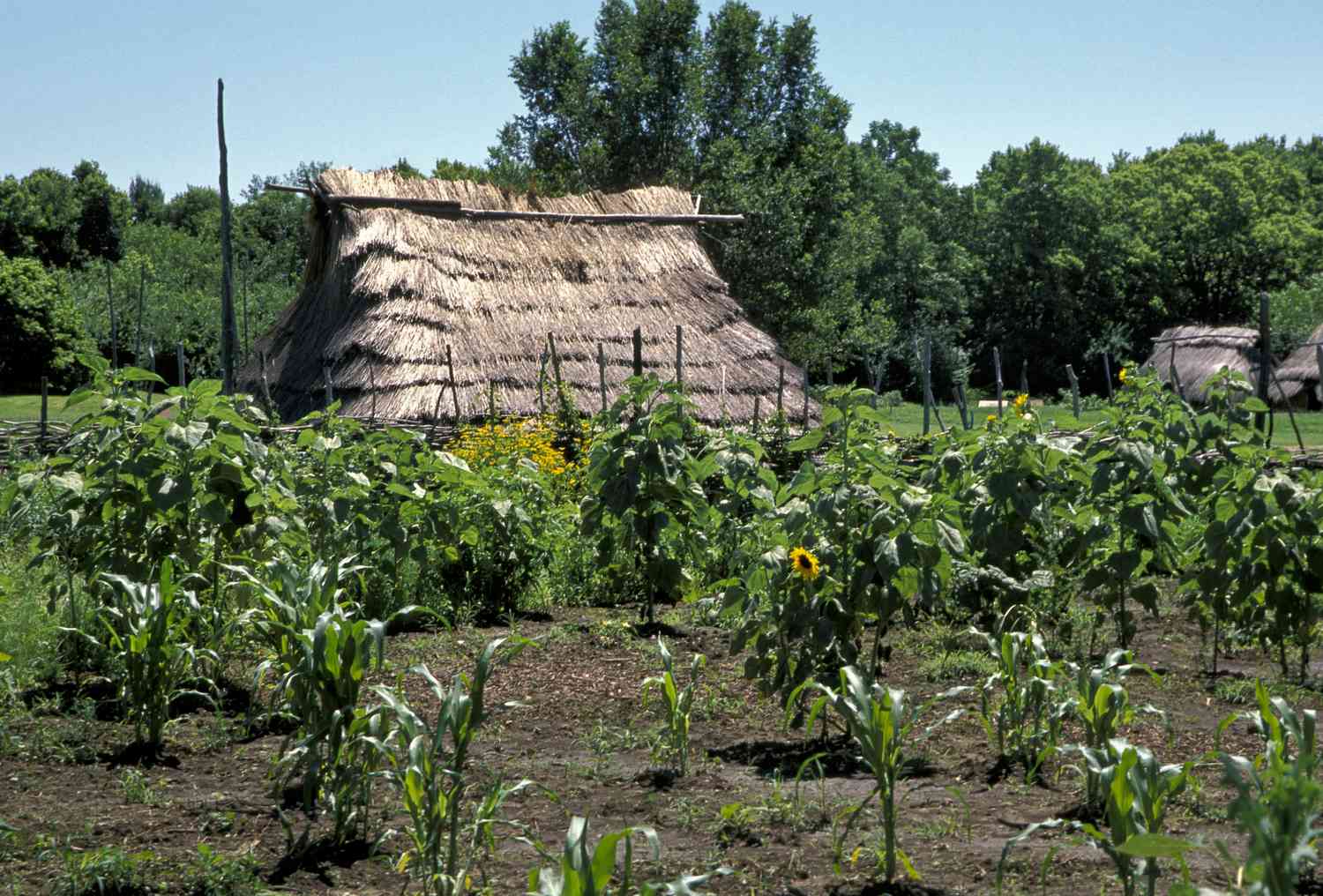
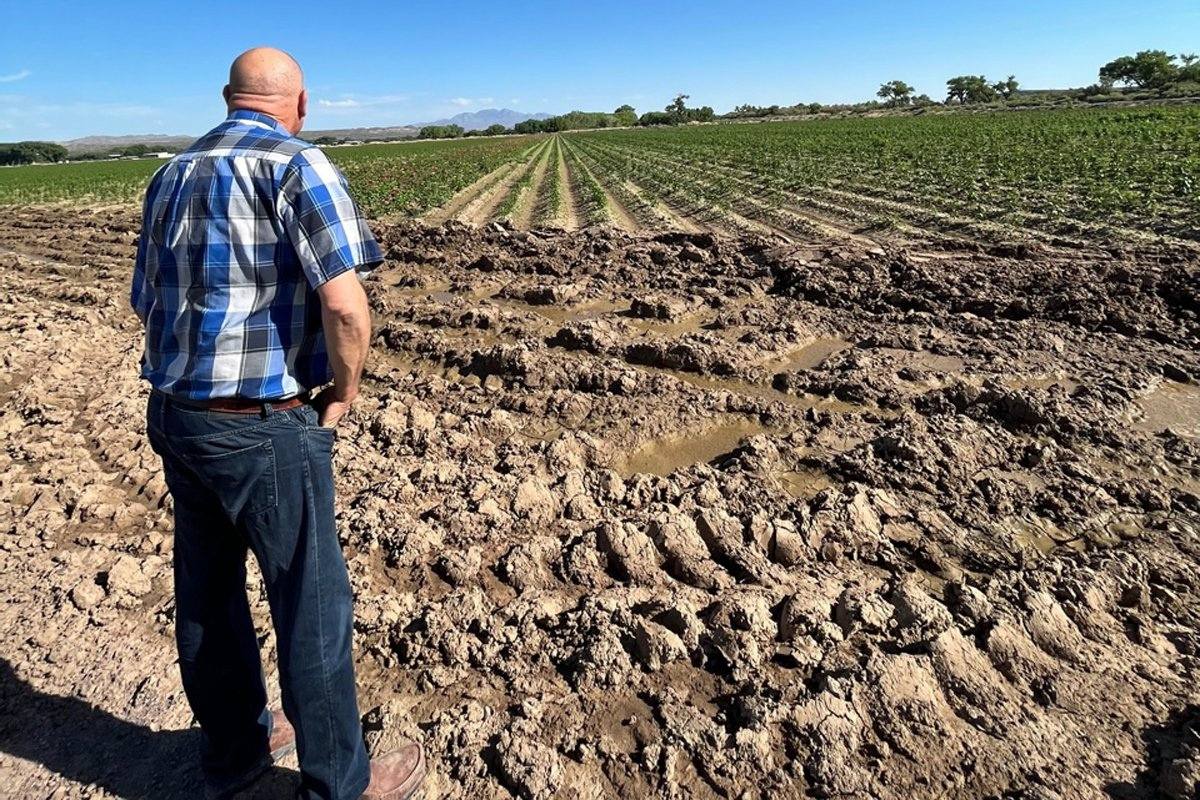
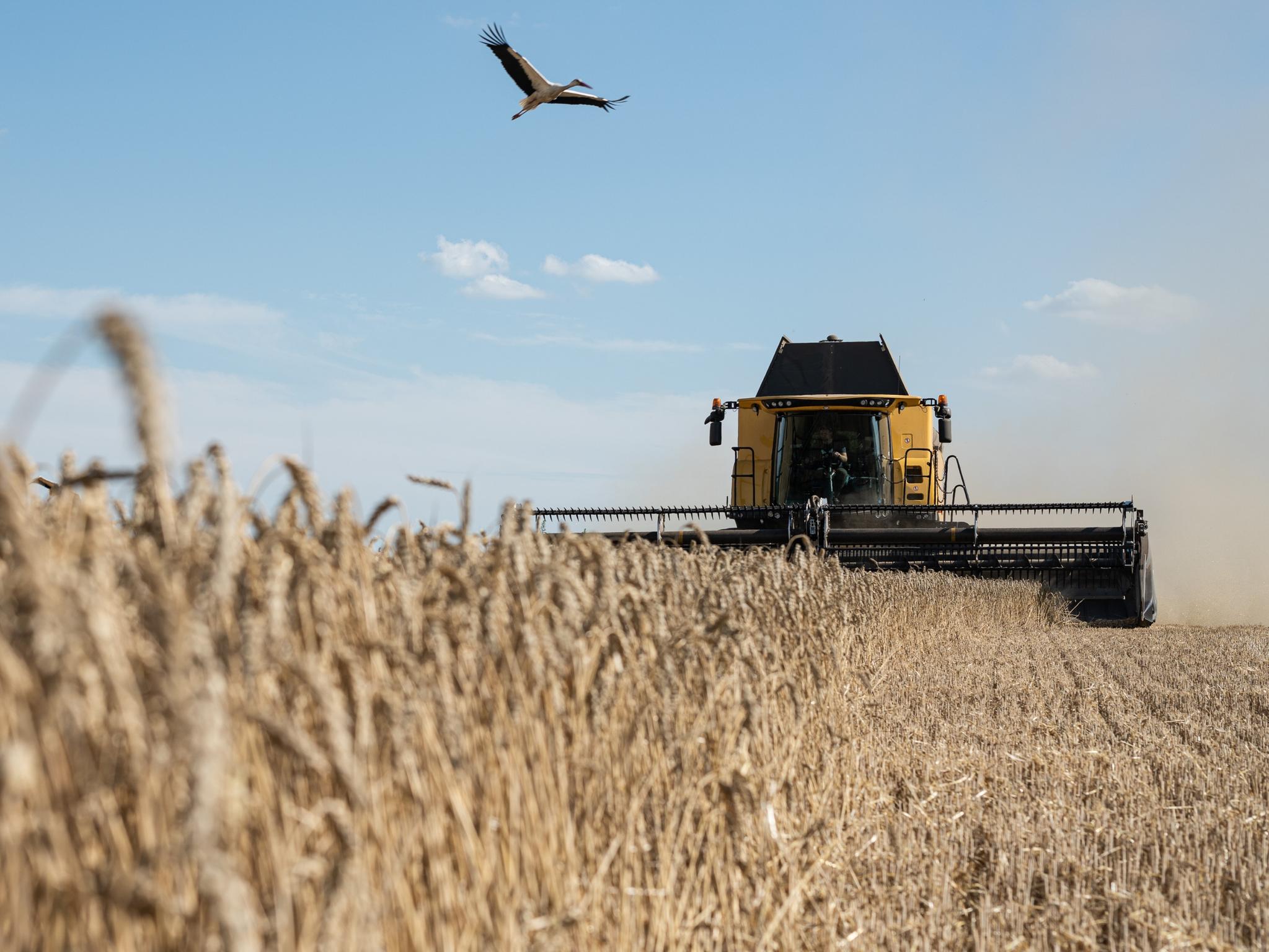
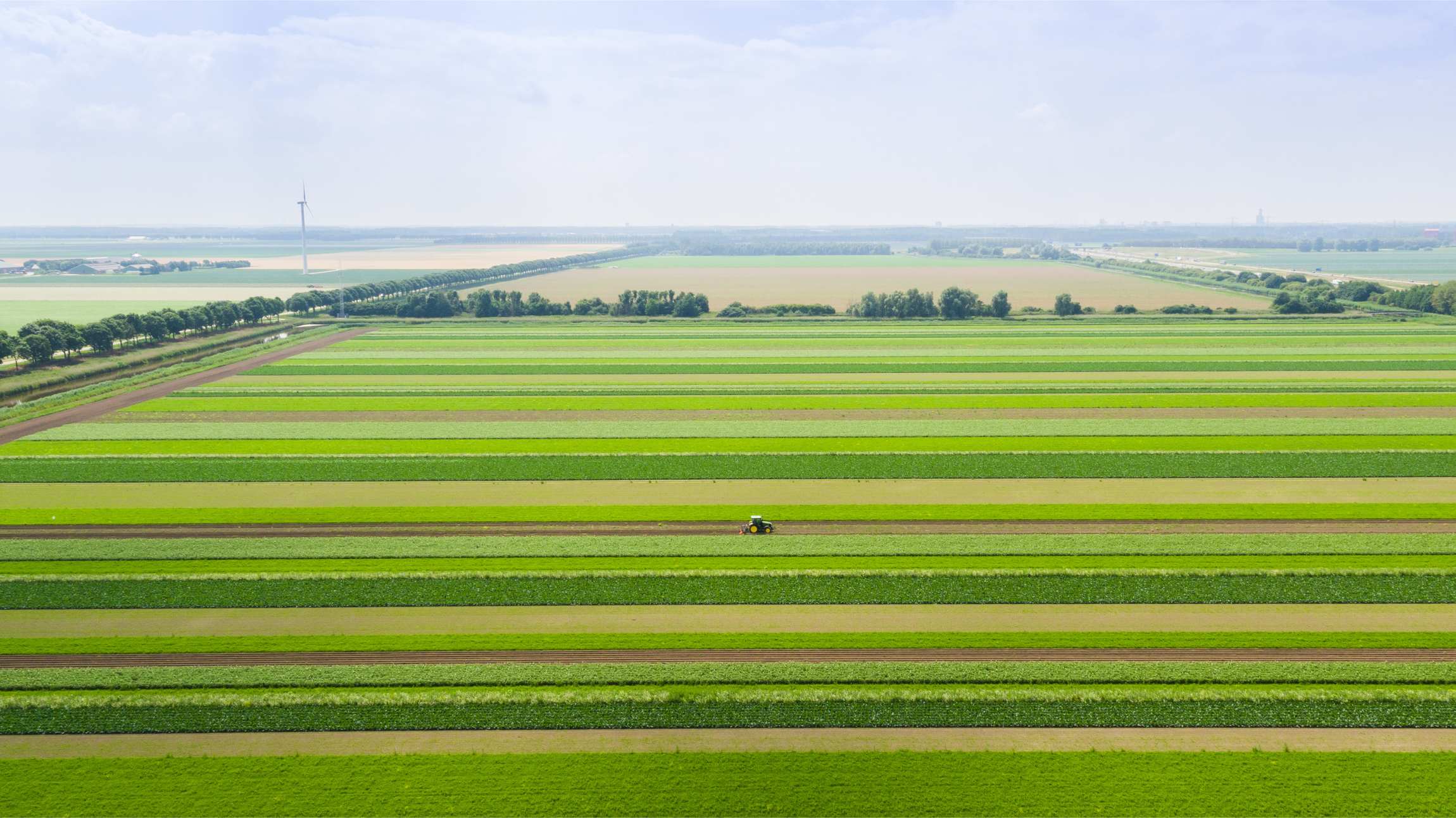
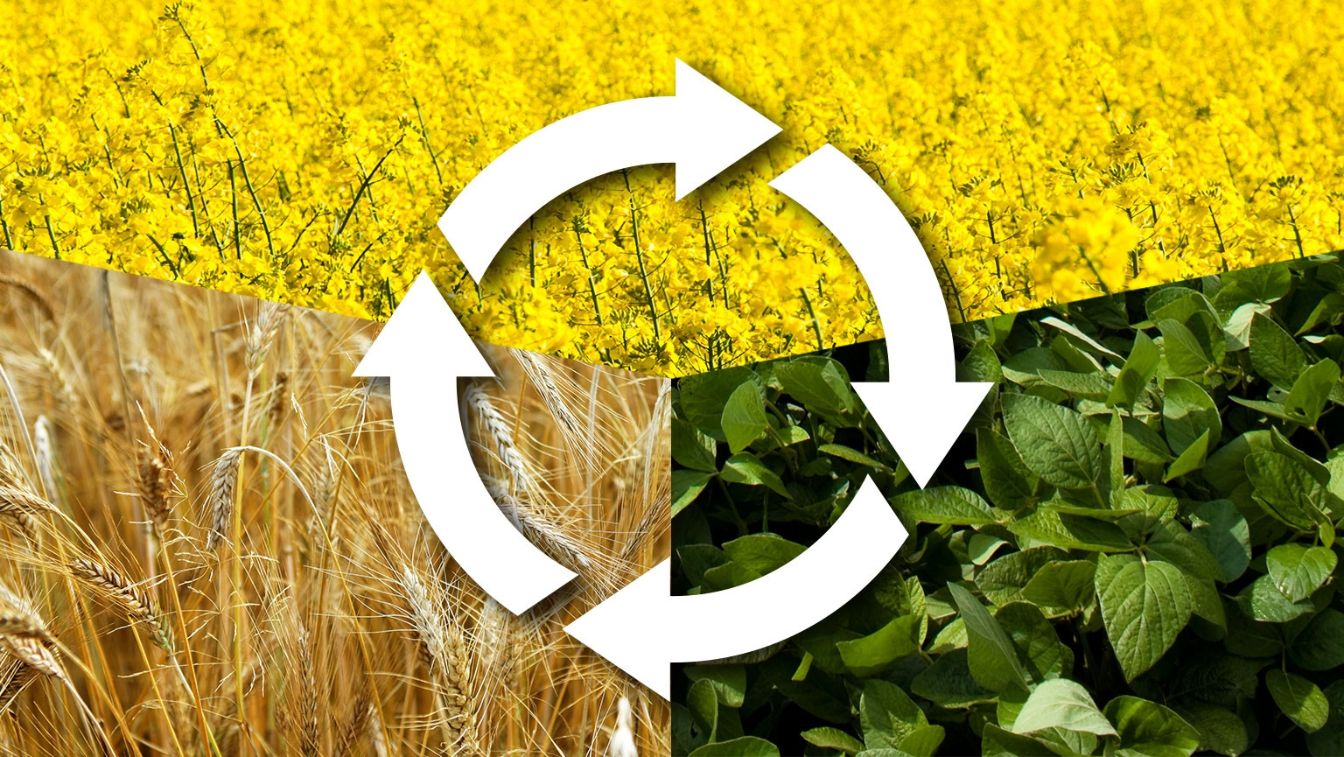
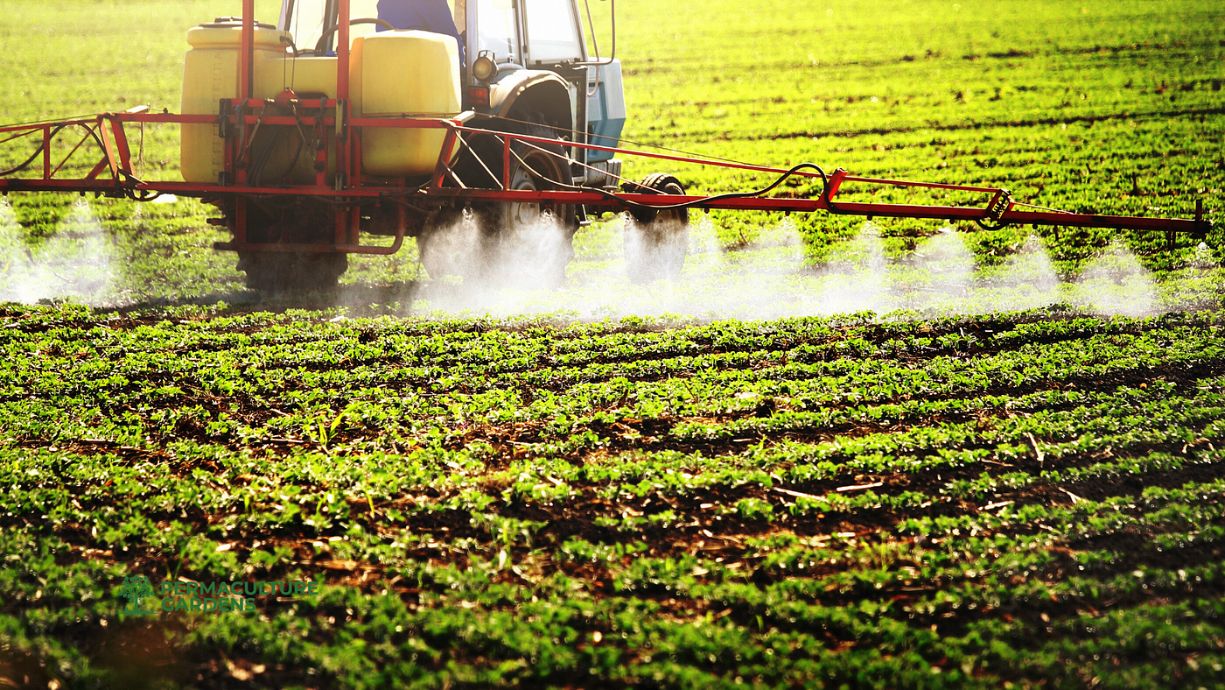
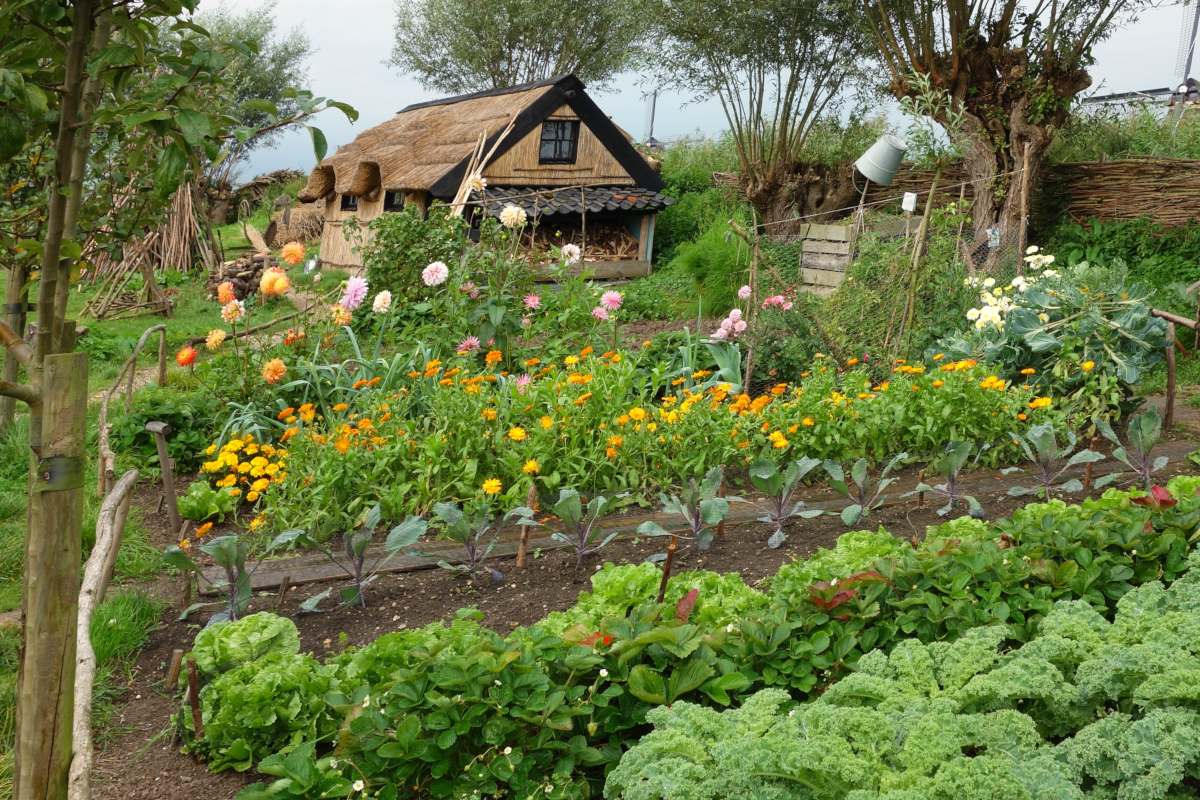



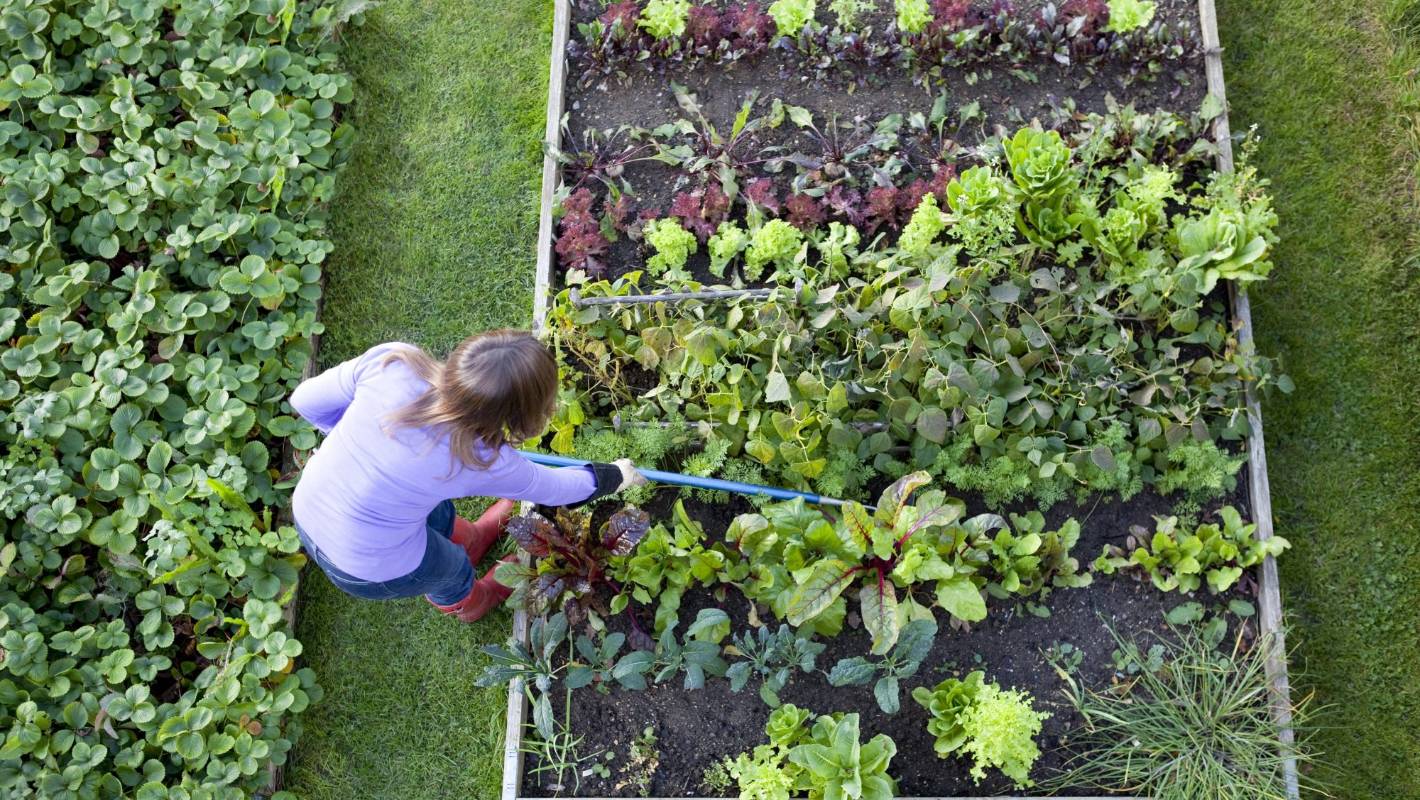
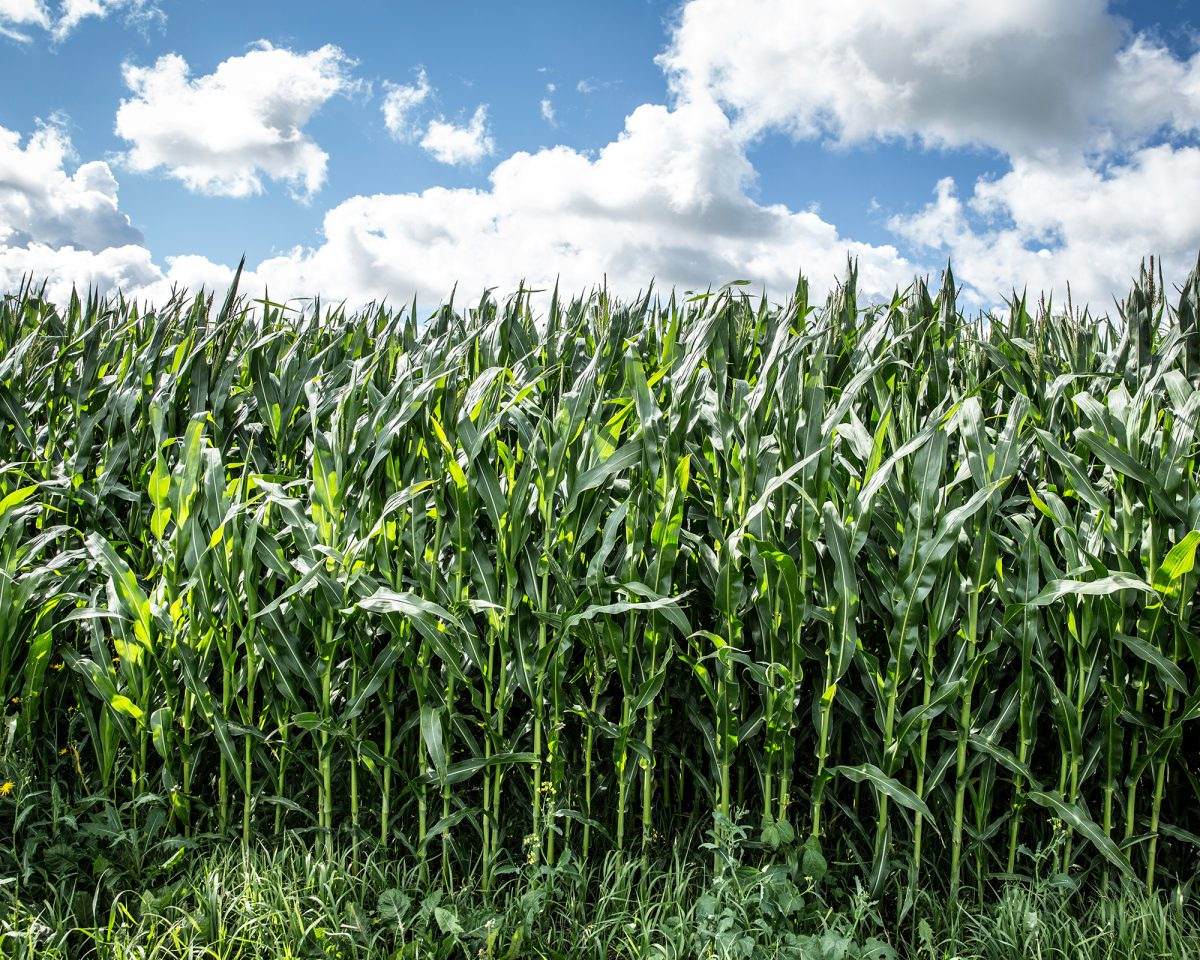
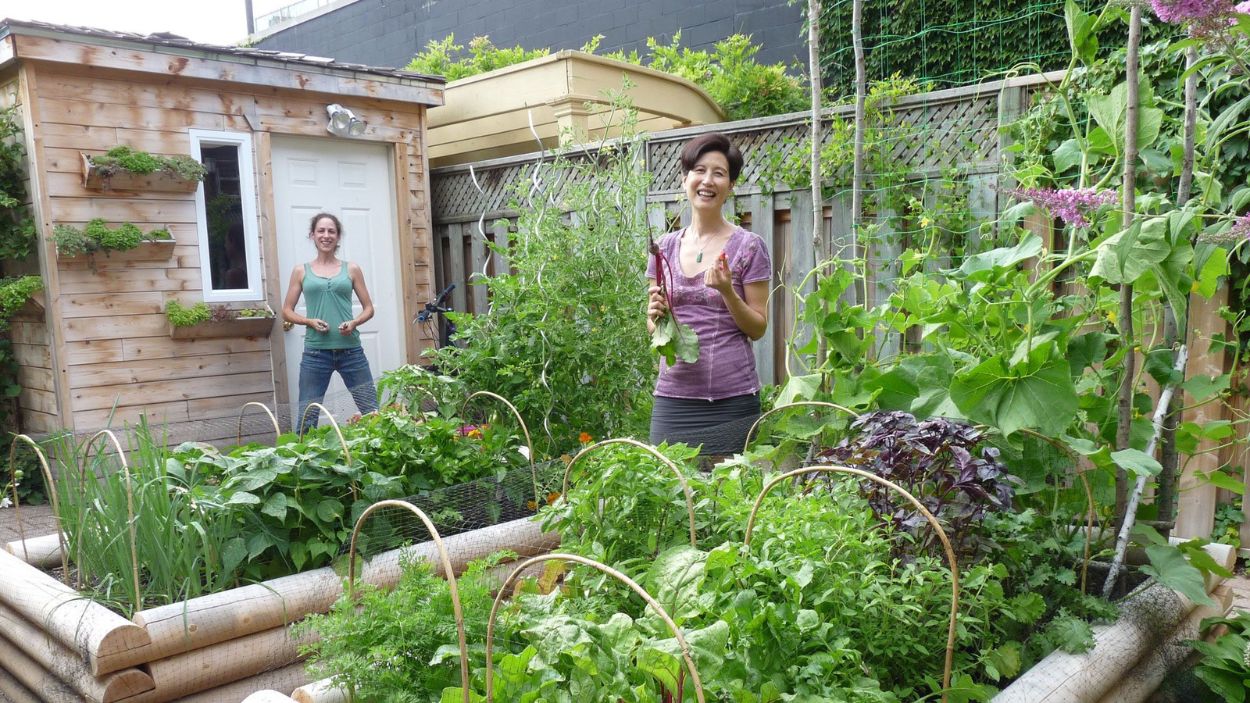

0 thoughts on “How Did Crop Rotation Affect Macroeconomy?”